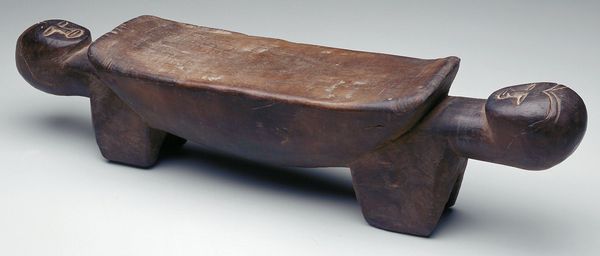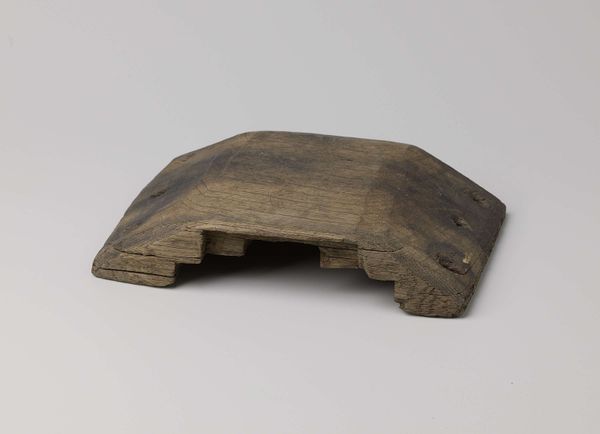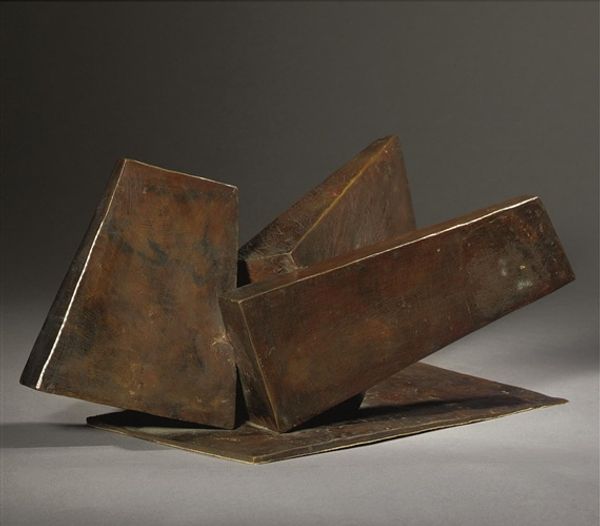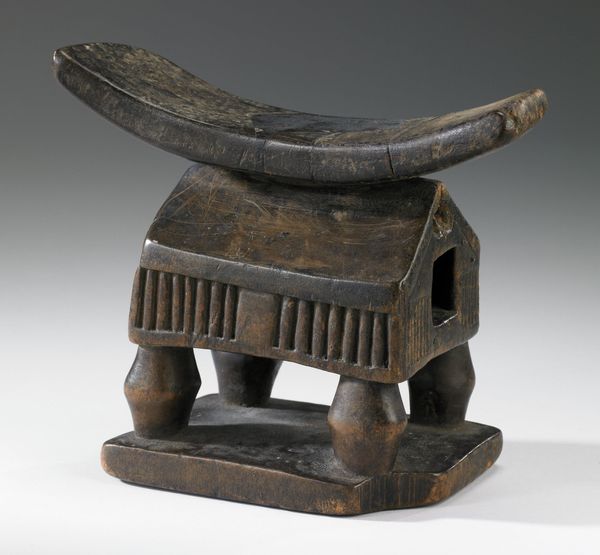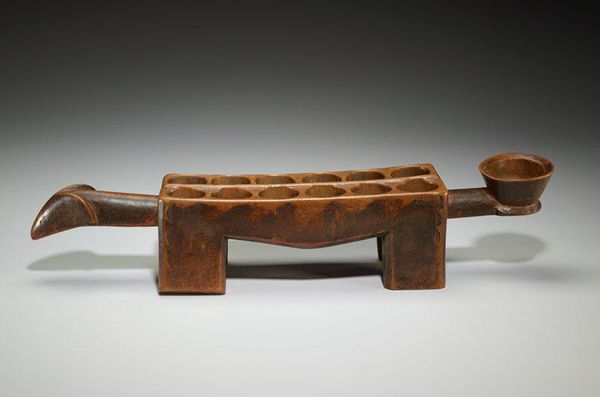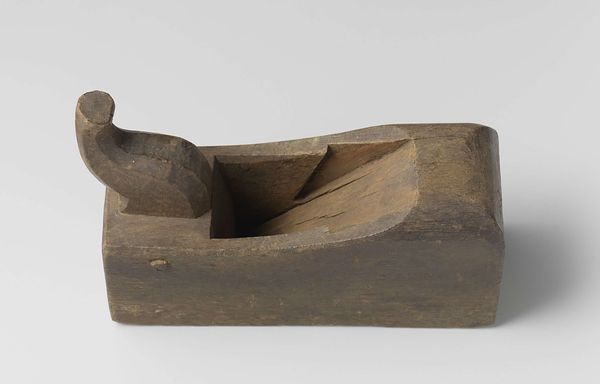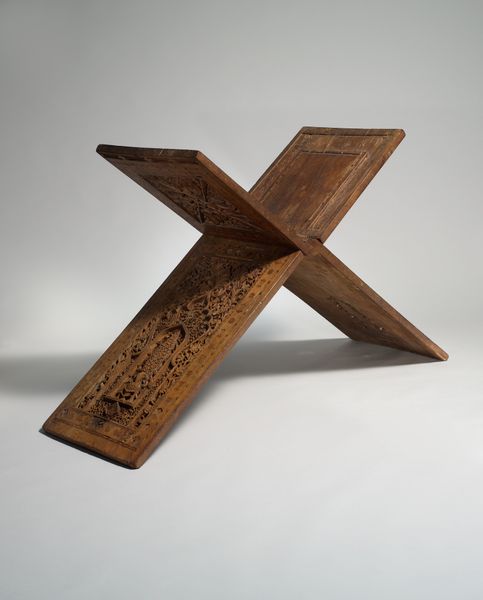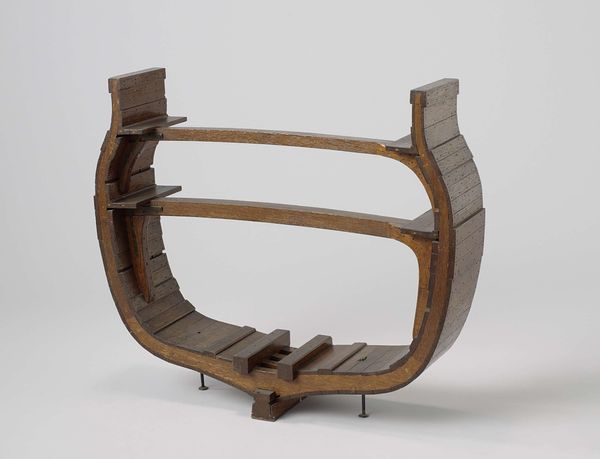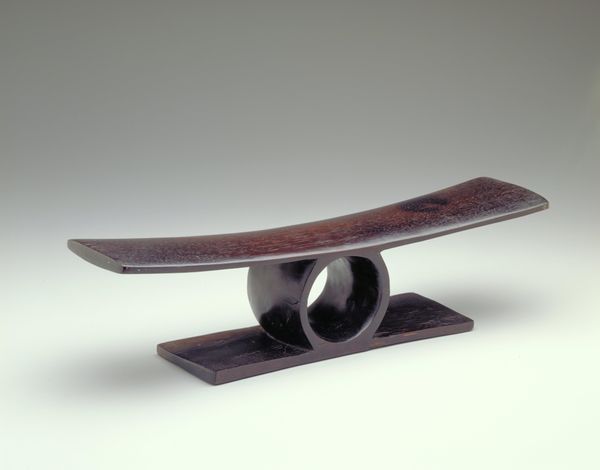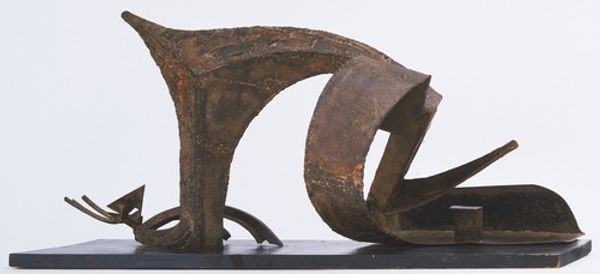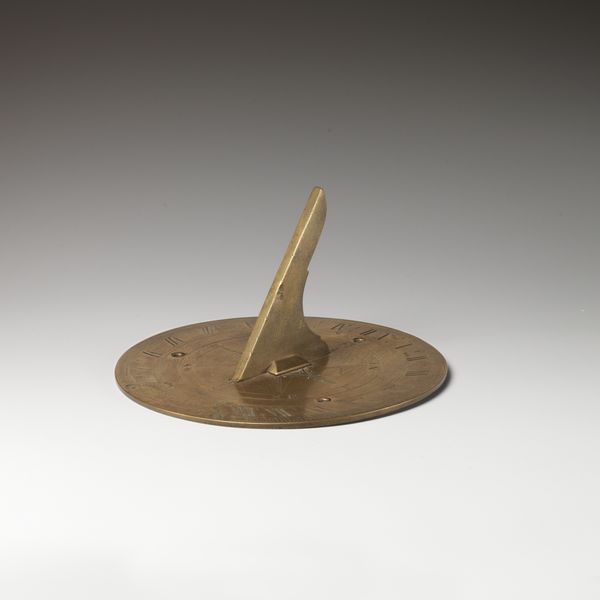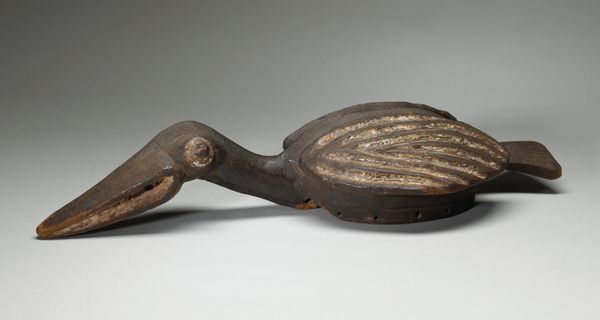
carving, sculpture, wood
#
african-art
#
carving
#
sculpture
#
sculpture
#
wood
#
decorative-art
Dimensions: 7 1/16 x 22 x 5 3/4 in. (17.94 x 55.88 x 14.61 cm) (unfolded)
Copyright: Public Domain
This coconut-grater stool was made by a Swahili artist, its wood carved with care. The stool’s material influences its form, where the geometric patterns are precisely cut into the wooden surface. The choice of wood is significant, reflecting the local resources available to the artist. The processes involved – carving, joining, and shaping – suggest a deep understanding of the material's properties. These skills likely belong to long traditions of craft and woodworking, passed down through generations. The stool is visually stunning but also a functional object, hinting at the integration of art and everyday life in Swahili culture. The making of this stool likely involved a significant amount of labor, blending utility with artistic expression. Understanding the context of its creation allows us to appreciate the craftsmanship and social significance, blurring the line between art and craft.
Comments
minneapolisinstituteofart about 2 years ago
⋮
You’d be hard-pressed to identify this mysterious, almost dangerous-looking object—unless you’re familiar with coconut grating along the Swahili coast of East Africa. Then it’s fairly straightforward: you sit on the stool and scrape the inside of an opened coconut on the protruding metal blade. The coconut shavings are collected and later pushed through a sieve to make coconut milk. The X-shape of the stool resembles a Qur’an stand, while the geometric designs show both Arab and Indian influences on Swahili culture.
Join the conversation
Join millions of artists and users on Artera today and experience the ultimate creative platform.
